Revealed: Isis developing weaponised drones in secretive programme
Investigators say workshop discovered in Ramadi shows development of weapons-bearing aircraft
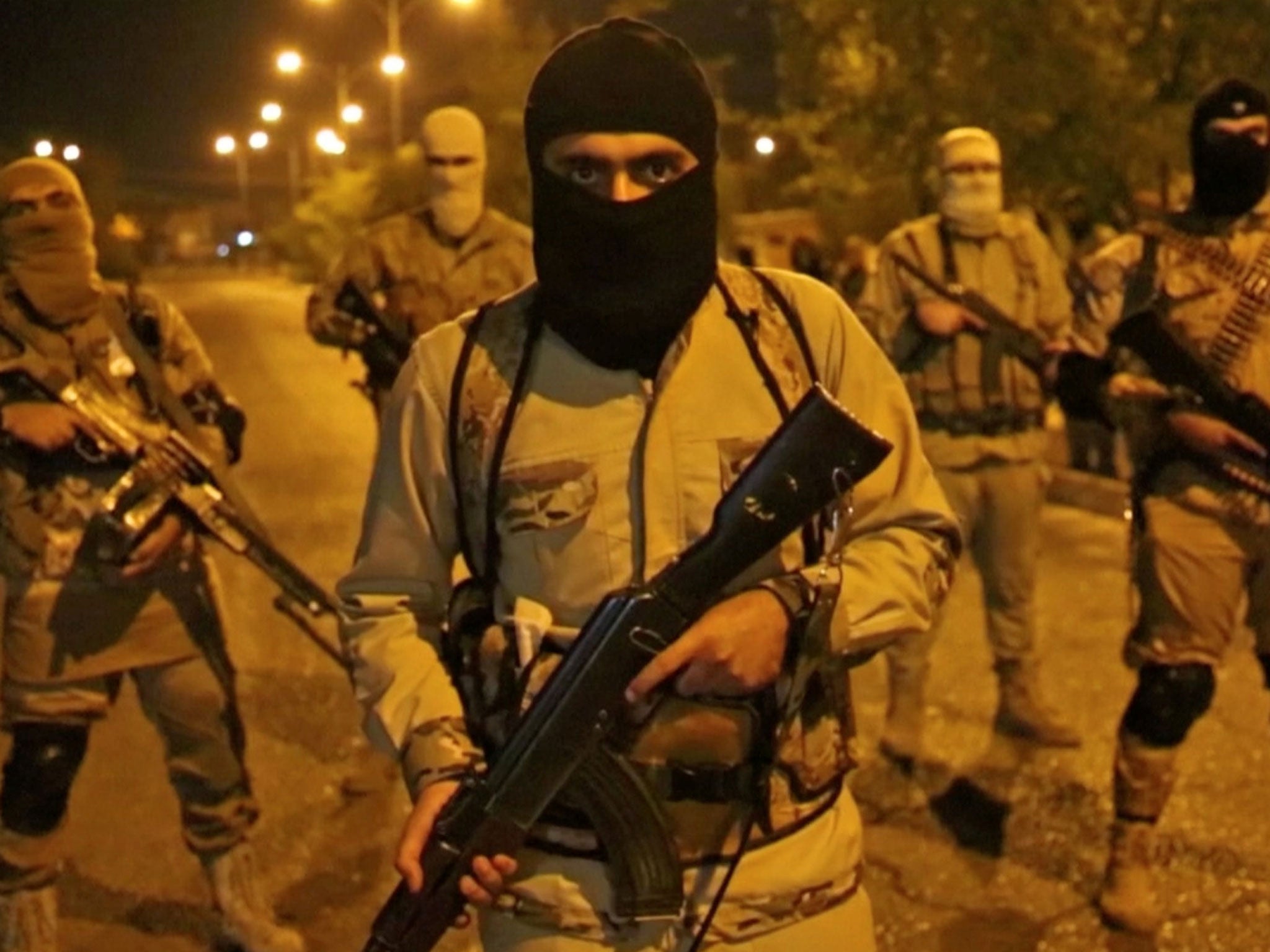
Your support helps us to tell the story
From reproductive rights to climate change to Big Tech, The Independent is on the ground when the story is developing. Whether it's investigating the financials of Elon Musk's pro-Trump PAC or producing our latest documentary, 'The A Word', which shines a light on the American women fighting for reproductive rights, we know how important it is to parse out the facts from the messaging.
At such a critical moment in US history, we need reporters on the ground. Your donation allows us to keep sending journalists to speak to both sides of the story.
The Independent is trusted by Americans across the entire political spectrum. And unlike many other quality news outlets, we choose not to lock Americans out of our reporting and analysis with paywalls. We believe quality journalism should be available to everyone, paid for by those who can afford it.
Your support makes all the difference.Isis is developing weaponised drones to attack enemy fighters and foreign troops, researchers have warned after discovering a secret workshop in Iraq.
On 2 October, militants used a drone rigged with explosives to kill two Kurdish fighters after flying it towards Peshmerga troops and French soldiers in Iraqi Kurdistan.
It was the first known incident of the group using an unmanned aerial vehicle – previously utilised for surveillance and propaganda videos – as a deadly weapon, but a discovery made by researchers in a former Isis stronghold suggests the attack could be part of a wider programme.
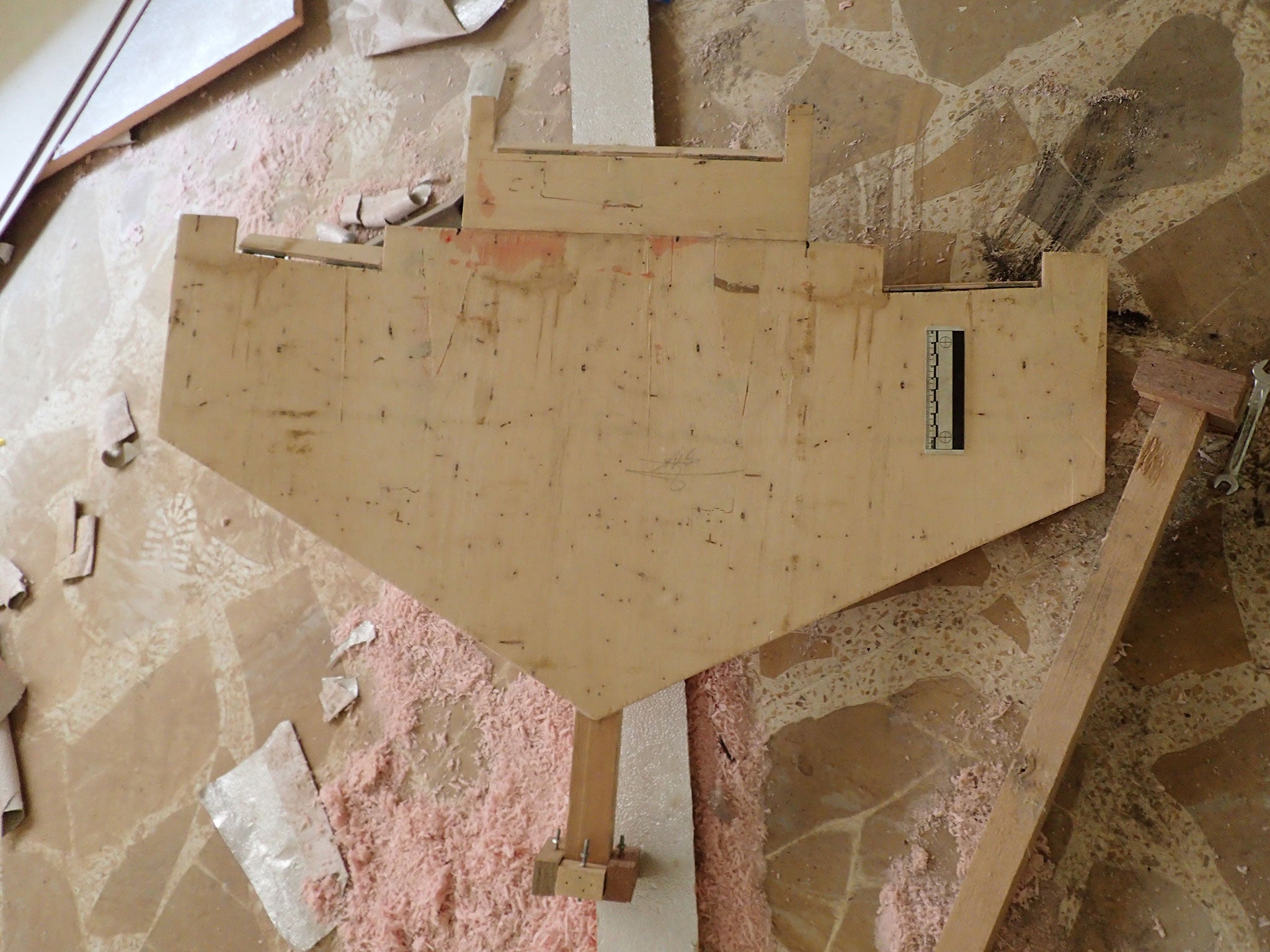
After the so-called Islamic State was driven out of the city of Ramadi in December last year, a field investigation team from the UK-based Conflict Armament Research (CAR) group discovered a specialist workshop.
Entering the building on 21 February, they found what appeared to be an abandoned drone production line, with fuselages, wings, camera controllers and gyro sensors.
Investigators also discovered deconstructed shoulder-launched missile systems (Manpads), including a warhead and steering unit.
“Photographic evidence from the workshop shows attempts to manufacture much larger drones from scratch,” CAR’s report said.
“The co-discovery of drone construction and attempts to repurpose missile components plausibly suggests attempts by Islamic State (Isis) forces to develop some form of weaponised drone.”
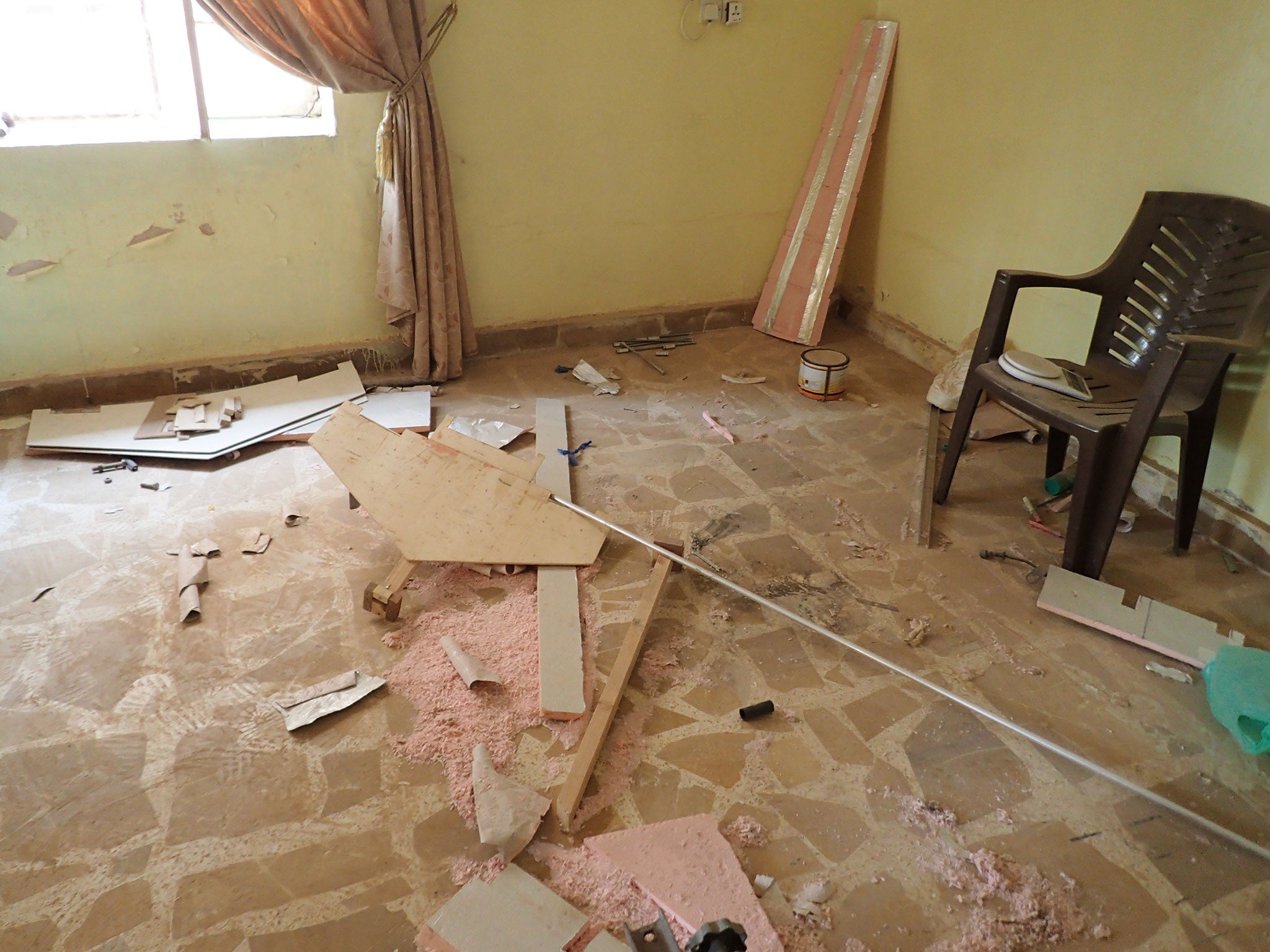
Militants had also left bulk supplies of resistors, transistors and signal relays, of a type previously used in Isis’ manufacture of radio-controlled improvised explosive devices.
“The use of drones by terrorist and insurgent forces is a growing issue of international concern, said James Bevan, executive director of CAR.
“The capacity to weaponise these remotely operated vehicles would be a significant addition to Islamic State's growing arsenal of improvised weapons."
Another improvised drone documented by CAR in Daquq was constructed using polystyrene, model aircraft components and a commercial video camera, and was too light to carry explosives.
But the plans in Ramadi appeared to be on a larger scale, with one polystyrene wing measuring 145cm in length.
Marcus Wilson, managing director of CAR, said Isis’ attempts at a drone programme were “inevitable” following its use of home-made bombs and chemical weapons.
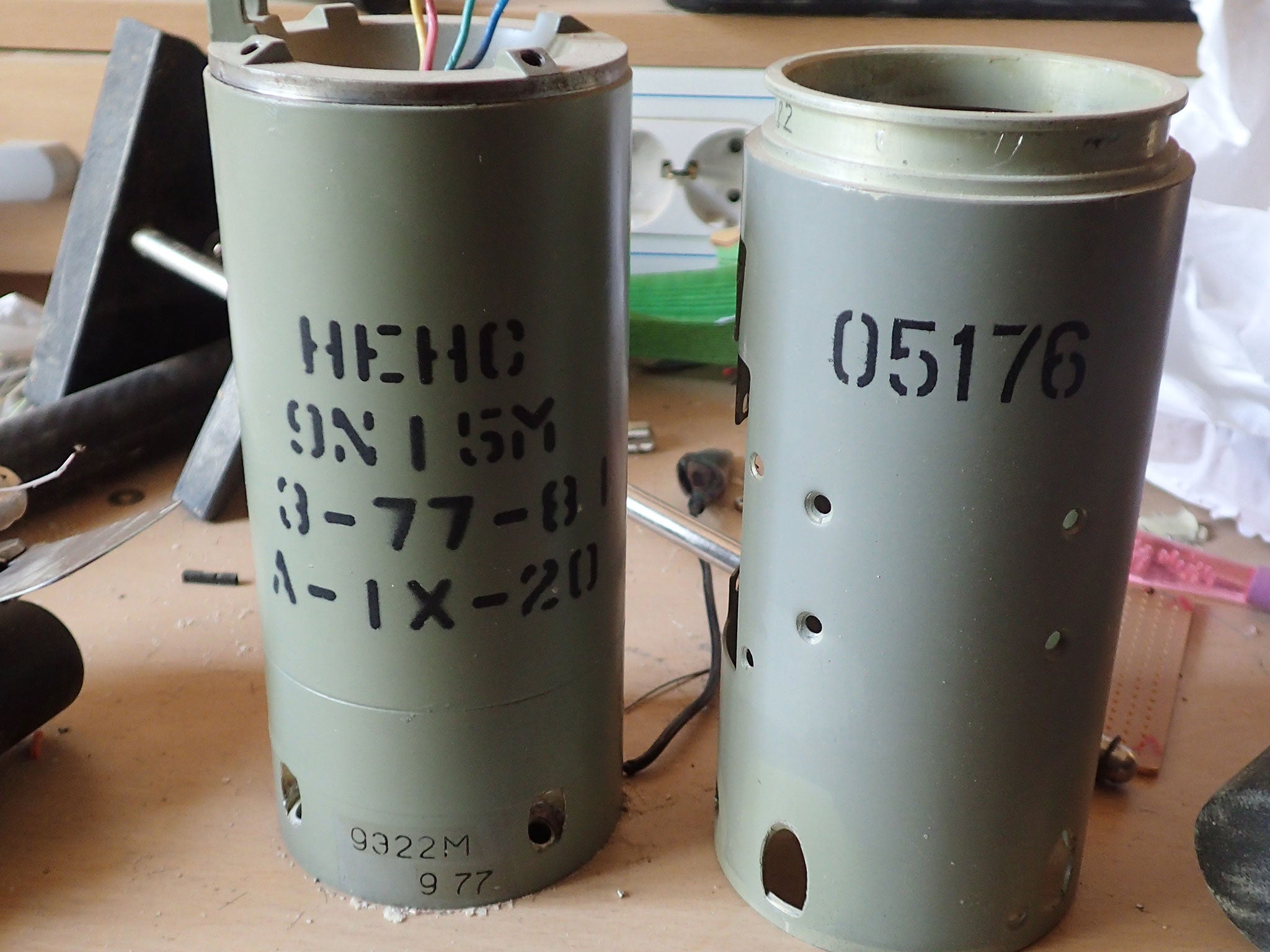
“All of those things are alarming but one of the things that holds them back is that they are rudimentary designs,” he told The Independent.
“They’re not going to be as effective as military-grade weapons, but as with most systems they will become more effective.”
Isis and other rebel groups in Syria and Iraq have made prolific use of drones, believed to be shop-brought camera models, in propaganda videos to film battles, suicide bombings or executions.
Analysts say they are also frequently deployed for surveillance, for which Isis is known to have constructed its own aircraft.
A report released on Thursday by the US military’s Combating Terrorism Centre (CTC) concluded that the drones so far flown by Isis were “not that advanced”.
Researchers said the group had created homemade devices and weaponised several commercial drones, flying them on at least three occasions between September and October this year.
The first two incidents had “little impact”, the report said, but the most recent known attack killed two Kurdish Peshmerga fighters and seriously injured two French special forces soldiers.
“To inflict these causalities, the Islamic State used deception, as it is believed that the explosive device inside [the UAV] was disguised as a battery,” the CTC said.
“And so after Kurdish forces shot down the drone, the two fighters who were inspecting it received a nasty, and lethal surprise.
“It is not known if the deceased Kurdish fighters set of the explosive accidently or if the device was detonated remotely by Islamic State fighters operating nearby.
“This incident is noteworthy as it is the first confirmed case of a weaponised drone operated by a terrorist group contributing to actual deaths.”
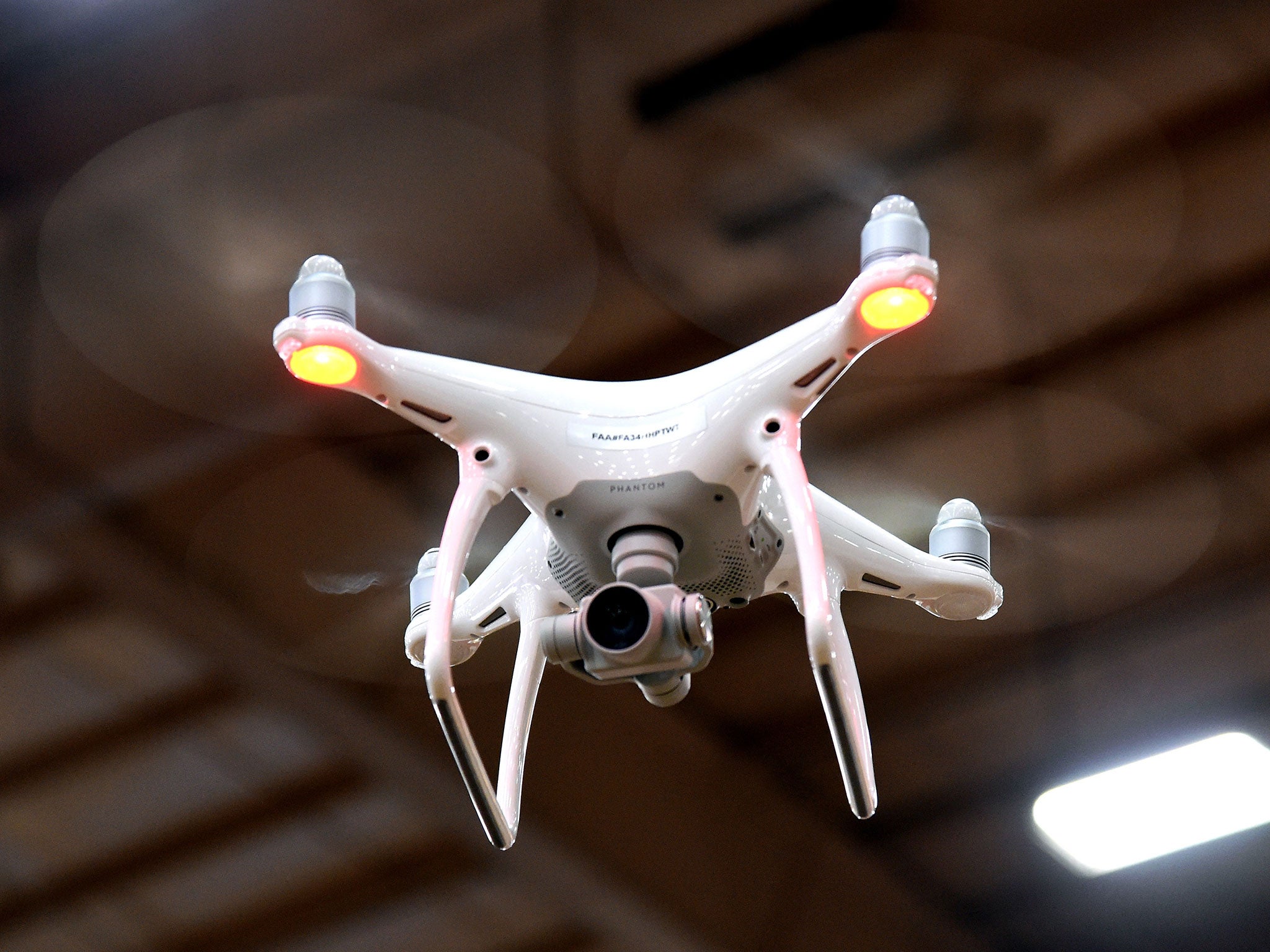
The report concluded that the threat from drones operated by Isis and other militant groups remains low, with successful attacks being the exception rather than the rule, and largely aimed to garner publicity.
But it cautioned that drones could still be used effectively for surveillance, approach and endanger military aircraft, drop bombs and carry explosives or mounted guns, with the number of sophistication of such attempts increasing over time.
Mr Wilson said commercial drones are lightweight and designed only to carry small digital cameras, making any adaptation to deliver explosives an “enormous step”.
“The designs we stumbled across in Iraq are much larger than something you would find off the shelf,” he added.
“They were bigger, heavier, more capable of carrying explosives. If Isis are using them there, that tends to be the trial ground for devices used elsewhere.”
It is not the only terrorist group attempting to weaponise UAVs, with several extremist organisations conducting their own experiments.
In Syria, the al-Qaeda linked Jund al-Aqsa group released footage claiming to show small bombs being dropped from a drone in September.
The video appeared to show the aircraft hovering over a building used by Syrian government forces in Hama province before dropping two small bombs.
The devices fell into open areas and could be seen exploding on impact, but did not appear to cause any casualties, with troops running for cover.
The CTC’s report concluded that the threat from drones operated by Isis and other militant groups remains low, with successful attacks being the exception rather than the rule, and largely aimed to garner publicity.
But it cautioned that drones could still be used effectively for surveillance, approach and endanger military aircraft, drop bombs and carry explosives or mounted guns, with the number of sophistication of such attempts increasing over time.
Other groups known to operate drones include Hezbollah, Hamas, Jabhat Fateh al-Sham (formerly known as Jabhat al-Nusra), the Turkistan Islamic Party and Mujahideen Shura Council of Derna, in Libya.
Join our commenting forum
Join thought-provoking conversations, follow other Independent readers and see their replies
Comments